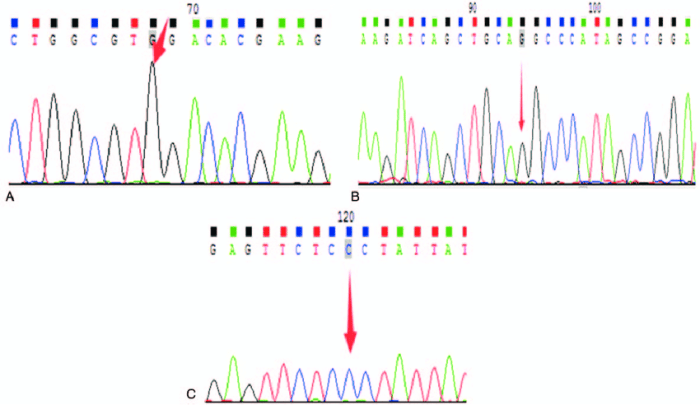Why does Alaska have a large deaf population? This question has puzzled researchers and policymakers for decades, and the answer lies in a complex interplay of geographic, cultural, and historical factors. This article delves into the unique circumstances that have shaped the deaf community in Alaska, shedding light on its origins, growth, and resilience.
Alaska’s vast and rugged terrain, combined with its isolation and harsh climate, has played a significant role in the formation of its deaf population. The state’s geographic features have influenced communication patterns and social interactions among deaf individuals, leading to the establishment of strong and cohesive communities.
Historical Background: Why Does Alaska Have A Large Deaf Population

The deaf population in Alaska has a rich and complex history. The first deaf individuals in the region were likely indigenous people who experienced hearing loss due to environmental factors or genetic disorders. In the late 19th century, a small number of deaf people from the contiguous United States began to settle in Alaska, seeking opportunities in the fishing and mining industries.
In 1915, the Alaska School for the Deaf was established in Seward, providing educational and social services to deaf children from across the territory. The school played a pivotal role in fostering a sense of community among deaf Alaskans and promoting their access to education and employment.
Geographic Factors, Why does alaska have a large deaf population
Alaska’s vast and rugged geography has significantly influenced the size and distribution of its deaf population. The state’s remote and isolated communities have historically posed challenges for communication and social interactions among deaf individuals.
- Climate:Alaska’s cold and harsh climate can make it difficult for deaf individuals to communicate using sign language outdoors, particularly during winter months.
- Terrain:The mountainous and forested terrain of Alaska can create physical barriers to communication and mobility for deaf individuals.
- Isolation:Many deaf Alaskans live in small, isolated communities where access to educational, social, and medical services is limited.
Cultural Influences
Cultural factors have also played a role in shaping the size and characteristics of Alaska’s deaf population. The state’s indigenous cultures have a strong emphasis on community support and storytelling, which has fostered a welcoming environment for deaf individuals.
- Family Values:In many indigenous cultures in Alaska, deaf individuals are highly valued and respected members of the community.
- Community Support:Deaf Alaskans often rely on extended family and community members for communication and social support.
- Social Norms:In some indigenous communities, there is a strong social norm of acceptance and inclusion of deaf individuals.
Educational and Social Services
Access to educational and social services has been crucial for the well-being and empowerment of the deaf community in Alaska. The Alaska School for the Deaf has provided a comprehensive education to deaf children, while other organizations have offered support services such as job training, counseling, and advocacy.
- Schools:The Alaska School for the Deaf is the only residential school for deaf children in the state, providing academic instruction, extracurricular activities, and social opportunities.
- Organizations:Organizations such as the Alaska Deaf Community Services and the Alaska Deaf Club provide a range of support services to deaf Alaskans, including communication assistance, advocacy, and social events.
Question & Answer Hub
What is the history of the deaf population in Alaska?
The deaf population in Alaska has its roots in the late 19th century, when deaf individuals began migrating to the state in search of economic opportunities. The establishment of schools and organizations for the deaf further contributed to the growth of the community.
How has the climate and terrain of Alaska influenced the deaf population?
Alaska’s harsh climate and rugged terrain have posed challenges for deaf individuals, but they have also fostered a sense of community and resilience. The isolation and lack of accessibility have led to the development of unique communication methods and social networks among deaf Alaskans.
What role has culture played in shaping the deaf population in Alaska?
Cultural factors, such as family values, community support, and indigenous traditions, have played a significant role in shaping the deaf population in Alaska. The strong sense of community and the emphasis on inclusivity have created a supportive environment for deaf individuals.


